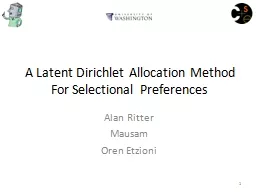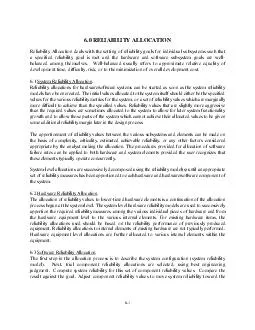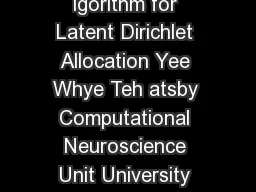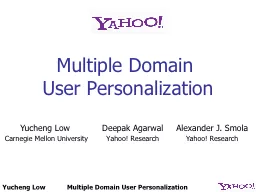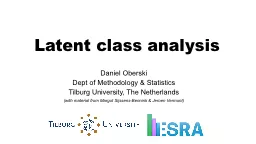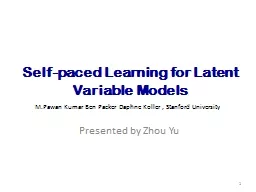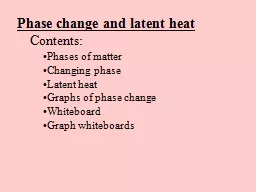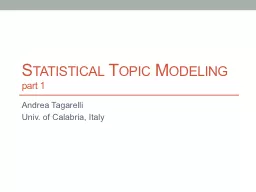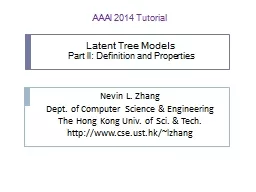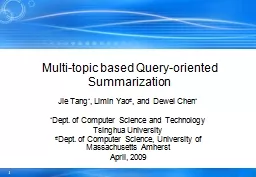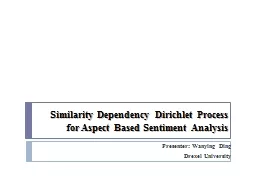PPT-A Latent Dirichlet Allocation Method For
Author : hotmountain | Published Date : 2020-08-27
Selectional Preferences Alan Ritter Mausam Oren Etzioni 1 Selectional Preferences Encode admissible arguments for a relation Eg eat X Plausible Implausible chicken
Presentation Embed Code
Download Presentation
Download Presentation The PPT/PDF document "A Latent Dirichlet Allocation Method F..." is the property of its rightful owner. Permission is granted to download and print the materials on this website for personal, non-commercial use only, and to display it on your personal computer provided you do not modify the materials and that you retain all copyright notices contained in the materials. By downloading content from our website, you accept the terms of this agreement.
A Latent Dirichlet Allocation Method For: Transcript
Download Rules Of Document
"A Latent Dirichlet Allocation Method For"The content belongs to its owner. You may download and print it for personal use, without modification, and keep all copyright notices. By downloading, you agree to these terms.
Related Documents

